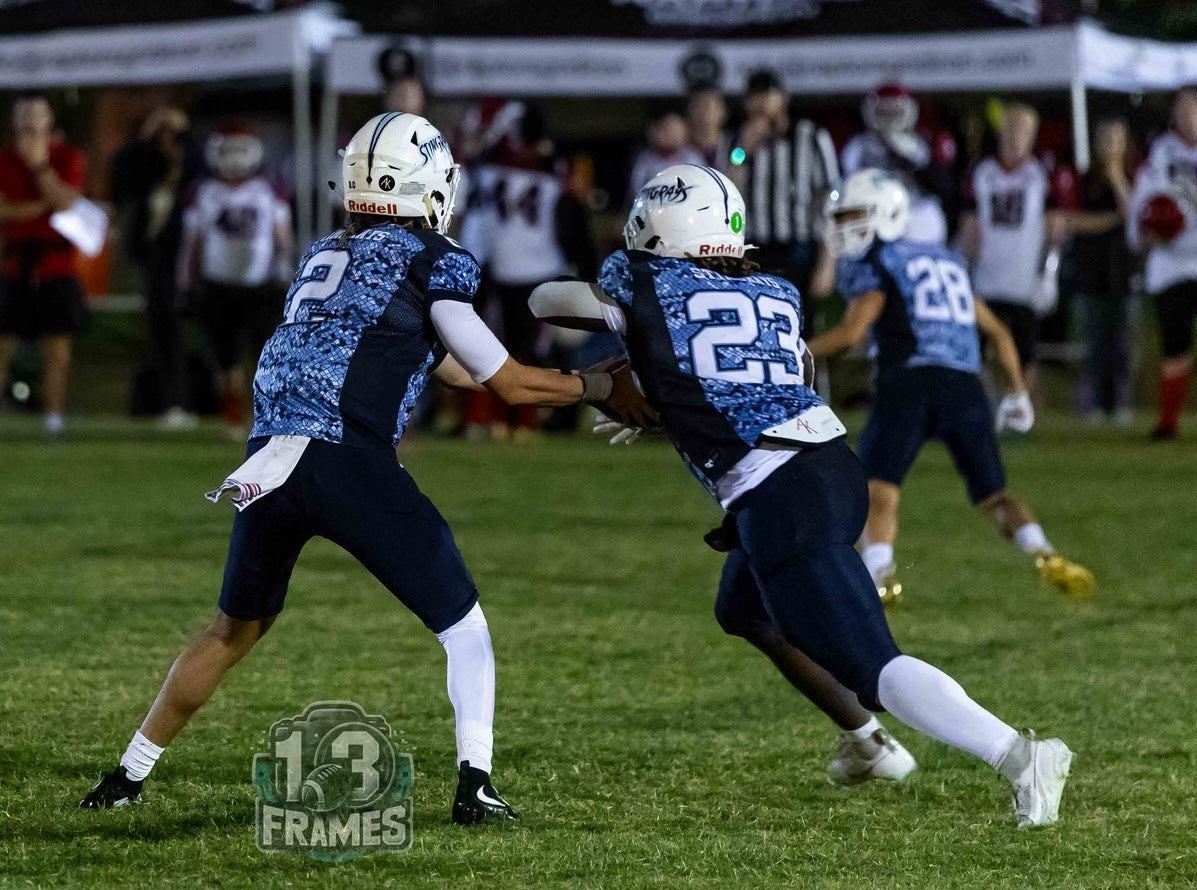Here’s a breakdown of the main offensive positions in American football, along with their roles:
1. Offensive Line
-
Center (C): Positioned in the middle of the offensive line. Responsible for snapping the ball to the quarterback and blocking defensive players to protect the quarterback and open running lanes.
-
Guard (G): Positioned on either side of the center. Responsible for blocking in both run and pass plays. They help create openings for running plays and protect the quarterback from interior pass rushers.
-
Tackle (T): Positioned on the outer sides of the guards. Their primary role is to protect the quarterback from edge rushers and assist in blocking for running plays. The left tackle is especially crucial in protecting a right-handed quarterback's blind side.
2. Backfield
-
Quarterback (QB): The leader of the offense. Responsible for calling the play, receiving the snap, and distributing the ball by passing or handing it off. They may also run with the ball if necessary.
-
Running Back (RB): Also known as a halfback or tailback. Primarily responsible for carrying the ball on running plays but can also catch passes and block. They need to be versatile, fast, and strong.
-
Fullback (FB): A position used less frequently in modern football, but when used, fullbacks are typically larger and more physical than RBs. They act as lead blockers for the RB and may carry the ball in short-yardage situations.
3. Receivers
-
Wide Receiver (WR): Positioned near the sidelines and primarily responsible for catching passes. They need speed, agility, and good hands. WRs run specific routes to create separation from defenders.
-
Tight End (TE): A hybrid position that combines the attributes of both an offensive lineman and a wide receiver. They line up next to the tackles and can block or run routes to catch passes. TEs need to be strong enough to block effectively and agile enough to run and catch.
4. Specialty Positions
-
Slot Receiver: A type of wide receiver who lines up between the offensive line and the outside receiver. They are often used for quick, short passes and need to be agile and good at finding openings in the defense.
-
H-Back: A position that blends characteristics of both a fullback and a tight end. H-backs line up slightly behind the line of scrimmage and are used for blocking or receiving passes.
-
Wingback: Used primarily in certain formations, such as the Wing-T, this position is similar to an H-back or slot receiver and may assist in blocking or run plays.


Share:
American Football Defense Positions Guide
The Rules of American Football (Gridiron)